Whether you’re cramming for tests, working on homework, or simply attempting to get through an unceasing stack of reading, as a student you are most likely familiar with lengthy hours of sitting. Here’s something you might not know, though: extended sitting is actually detrimental for you and is sometimes referred to as the “new smoking.” It’s not only unpleasant; in ways you might not be aware of, it can compromise your health.
Still, there’s an easy solution so you shouldn’t panic. You are not required to spend hours at the gym or be a fitness master. A few basic stretches and breaks will be quite beneficial. Let’s discuss why you should move more and how even little modifications might improve your mental and physical state.
Why Does Sitting Too Long Harm You?
Studies have indicated, however, that prolonged hours of sitting can increase your risk of diabetes, heart disease, even some cancers. This occurs as prolonged sitting slows down your body’s metabolism and makes it more difficult for your muscles to burn fat or convert sugar.
Mayo Clinic physician Dr. James Levine discusses something known as “sitting disease,” or the health issues brought on by prolonged seated posture. And students, we run great danger! Many of us find ourselves seated for most of the day between homework, study, and class attendance.
Mental Health and Stress: Starting to Feel Better
Long stretches of sitting are terrible for your mind as much as for your body. Real study stress exists, hence neglect of mental health can exacerbate all kinds of problems. According to the 2024 Healthy Minds Study, 34% of college students report experiencing moderate or severe anxiety symptoms, highlighting the significant mental health challenges faced by today’s students. School-related stress can accumulate and affect one’s ability to remain motivated, concentrate, even get adequate sleep.
The good news is, though, exercise can also assist with that! Moving about your study sessions helps you relax and boosts your attitude. Your mood can be much improved by even a few minutes of simple stretching or standing up.
A few stretches or a little stroll can help you feel more calm and focused, lower anxiety, and improve your mood. Stretching during a break feels as though you are resetting your body and your thoughts.
Break Up Your Study Sessions
Sitting may be necessary for studying, but it doesn’t have to be continuous. Experts recommend standing up and stretching every 30 to 60 minutes. Not only does this keep your body healthier, but it also gives your brain a much-needed break, helping you maintain focus and avoid burnout.
In fact, a study by the American Heart Association found that taking short breaks to walk or stretch throughout the day can improve your productivity and reduce stress. So, you can boost both your physical health and your study performance by just standing up a few times during your study sessions.
5 Simple Stretches to Combat Study Fatigue
Now, let’s get into the practical part! Here are five simple stretches that will not only improve your posture but also reduce physical strain from sitting too long:
1. The Neck Stretch
You might not realize it, but long hours spent looking down at books or screens can really tense up your neck and shoulders. This stretch helps ease that tension.
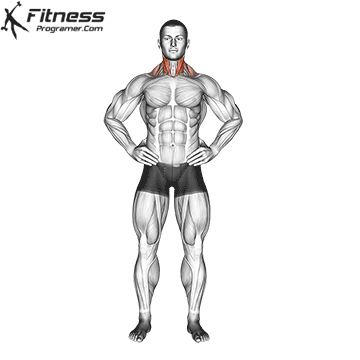
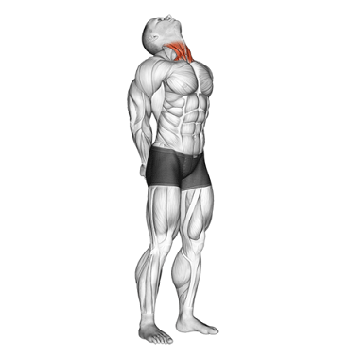
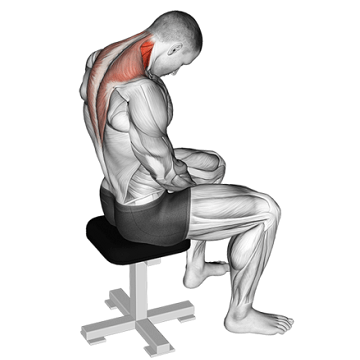
How to do it:
- Sit up tall in your chair.
- Gently tilt your head towards your right shoulder and hold for 15 seconds.
- Slowly return to the starting position, then repeat on the left side.
- Do this stretch 2–3 times on each side.
2. Seated Cat-Cow Stretch
This classic yoga move is great for relieving tension in your back and improving your posture.
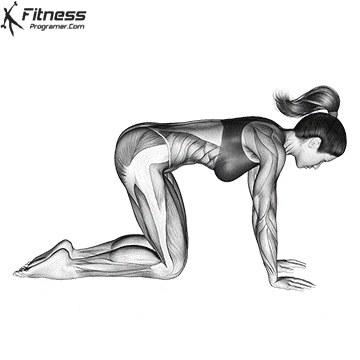
How to do it:
- Sit with your feet flat on the floor and your hands on your knees.
- Inhale as you arch your back, lifting your chest and looking up (this is the “cow” position).
- Exhale as you round your back, tucking your chin to your chest (this is the “cat” position).
- Repeat 5–10 times.
3. Chest Opener Stretch
Sitting for long periods can cause your chest muscles to tighten, which in turn can affect your breathing and posture. This stretch helps open up the chest and shoulders.

How to do it:
- Raise arms overhead, clasping hands behind head.
- Push elbows back, spine neutral, to deepen stretch.
- Hold for 15–30 seconds, then release.
- Repeat 2–3 times.
4. Seated Piriformis Stretch
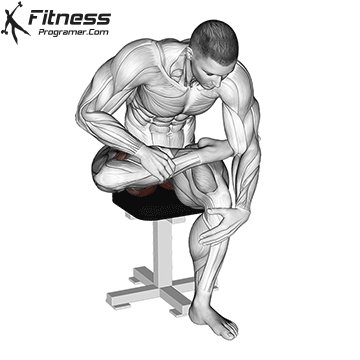
This stretch works wonders for your lower back and spine, areas that tend to get stiff when sitting for long periods.
How to do it:
- Sit at the front of a chair with one foot planted.
- Cross the other leg over the planted one.
- Grasp the top leg’s shin and thigh.
- Gently pull it toward your opposite shoulder until you feel a deep hip stretch.
- Hold for 15 seconds, then slowly return to the center. Repeat 2–3 times.
5. Standing Forward Fold
This one is excellent for stretching your hamstrings and lower back, both of which can get tight from sitting.
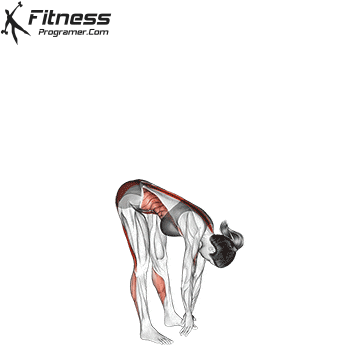
How to do it:
- Stand up and slowly bend forward at the waist, letting your arms dangle toward the floor.
- Keep your knees slightly bent if needed, and allow your head and neck to relax.
- Hold for 15–30 seconds, then slowly roll up to standing.
- Repeat 2–3 times.
Bonus: Desk-Friendly Movement
If you’re feeling like you need more than just stretches, here are a couple of simple movements you can do right at your desk:
- Seated Leg Raises
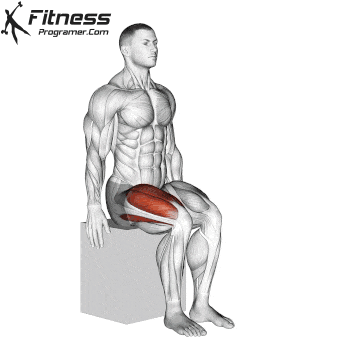
- Sit up straight with your feet flat on the floor.
- Straighten one leg and hold for a few seconds, then lower it.
- Repeat with the other leg.
- Do 10 reps per leg.
- Chair Squats
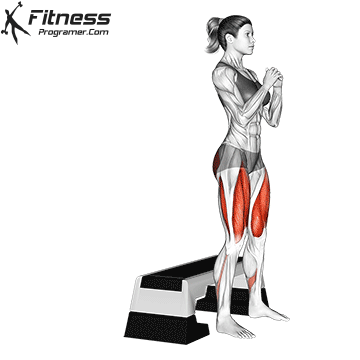
- Stand in front of your chair with your feet hip-width apart.
- Slowly squat down as if you’re going to sit in the chair, but stop just before you touch it.
- Stand back up.
- Do 10–15 reps.
Small Changes, Big Results
By incorporating these stretches and movements into your routine, you’ll help your body combat the negative effects of prolonged sitting. Not only will you feel better physically, but these breaks will also enhance your focus and mental clarity—essential for those long study sessions.
Remember, the key is consistency. Set a timer to remind yourself to move every 30 minutes, and soon it will become second nature. Your back, neck, and brain will thank you for it!
Final Thoughts
Sitting for hours may feel like part of the college experience, but it’s not something your body is designed to do continuously. So, make a habit of taking breaks, stretching, and moving throughout your study sessions. It doesn’t take much, but it can make all the difference in how you feel—and how well you study!
Whether you’re preparing for exams or writing papers, these simple stretches can help you stay healthy, focused, and ready to tackle anything that comes your way.
